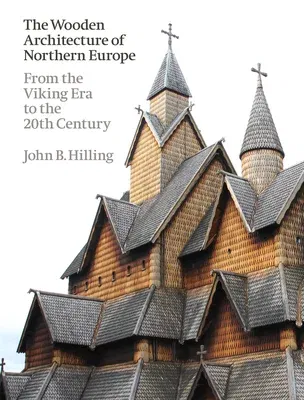John B Hilling
(Author)The Wooden Architecture of Northern Europe: From the Viking Era to the 20th CenturyHardcover, 10 October 2022

Qty
1
Turbo
Ships in 2 - 3 days
In Stock
Free Delivery
Cash on Delivery
15 Days
Free Returns
Secure Checkout

Print Length
224 pages
Language
English
Publisher
Lund Humphries Publishers Ltd
Date Published
10 Oct 2022
ISBN-10
1848225806
ISBN-13
9781848225800
Description
Product Details
Author:
Book Format:
Hardcover
Country of Origin:
US
Date Published:
10 October 2022
Dimensions:
25.4 x
19.61 x
2.21 cm
ISBN-10:
1848225806
ISBN-13:
9781848225800
Language:
English
Pages:
224
Publisher:
Weight:
1065.94 gm